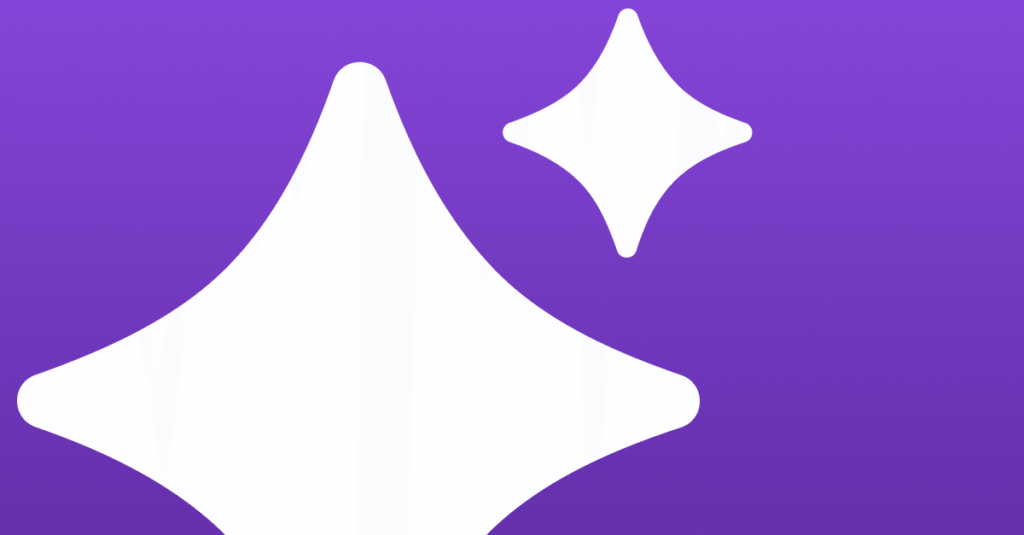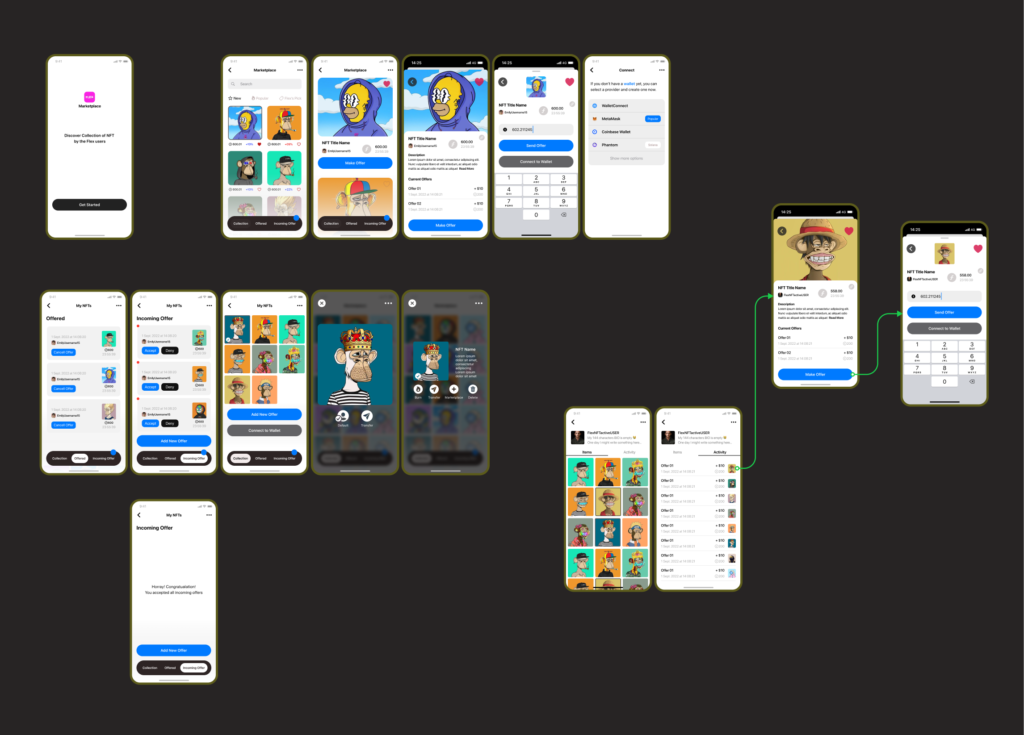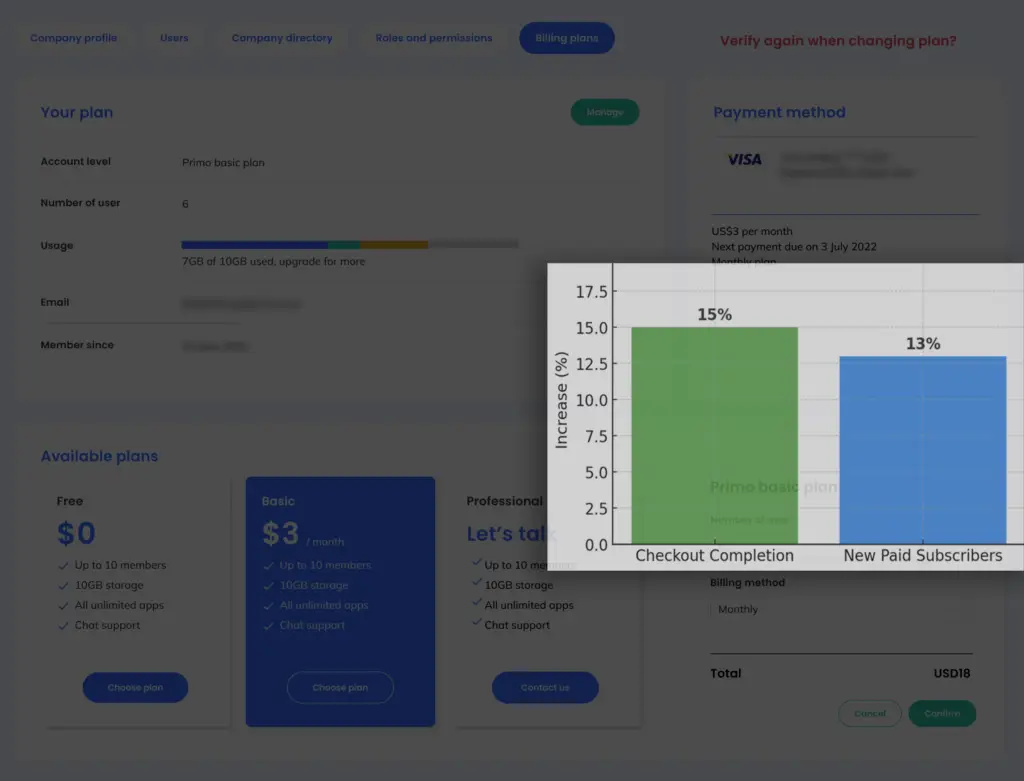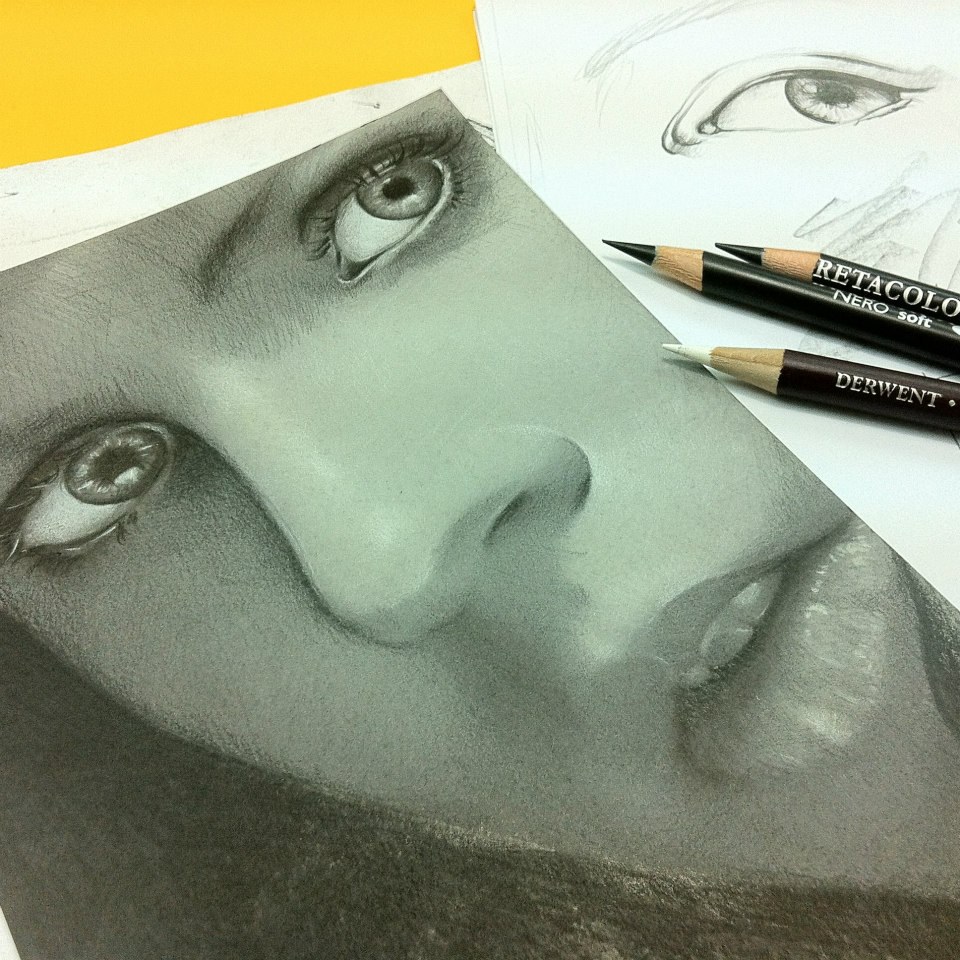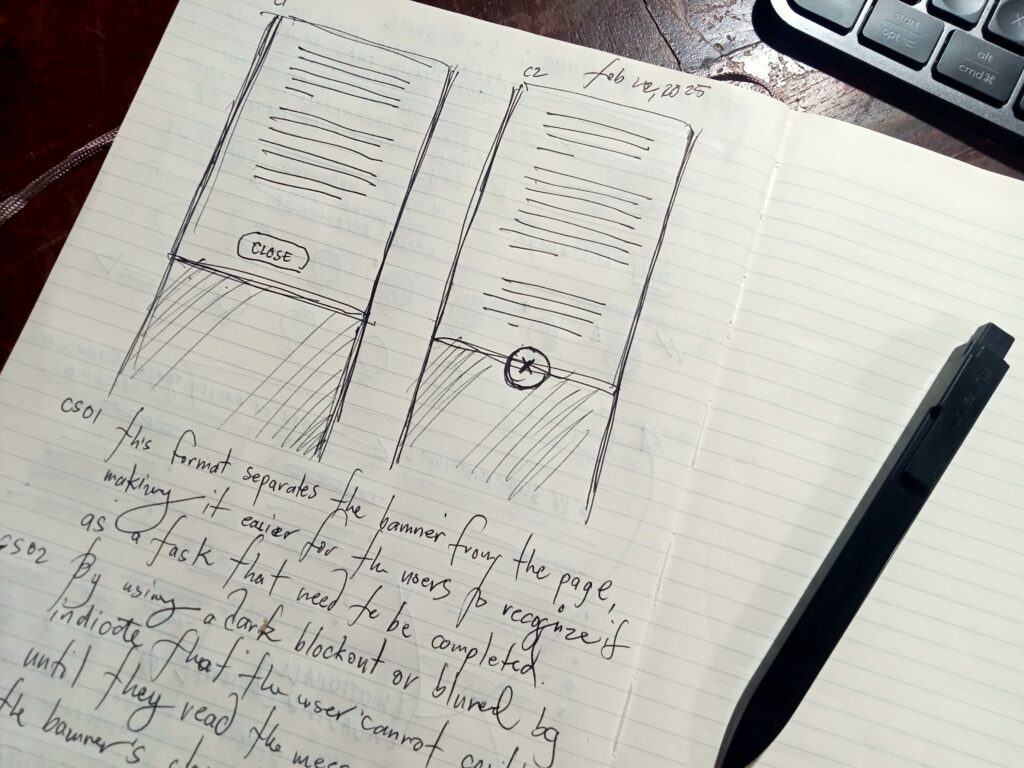
How AI is Actually Upgrading the Design Profession
If you’re a designer, you’ve probably wondered: “Will AI replace me?” It’s a fair question. AI tools can now create logos, generate website layouts, and even write copy. But here’s the thing, the role of designers isn’t disappearing. It’s getting more interesting.

